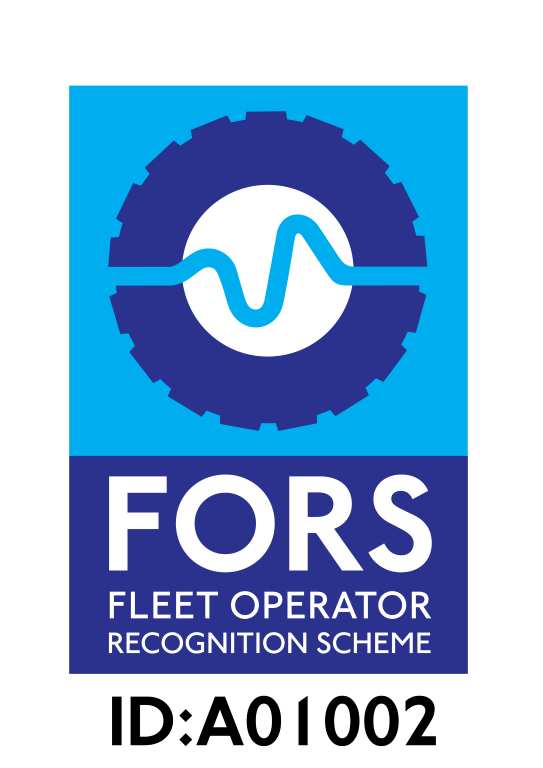Driving in heavy rain. Not exactly the most thrilling of topics, but let’s face it—it’s a quintessentially British experience, isn’t it? Driving in rain, particularly the extremely heavy rain, presents its own challenges that can demand you to adapt your driving technique. The heavy rain may be daunting, but as long as you drive with caution and keep a few things in mind, you’ll be fine.
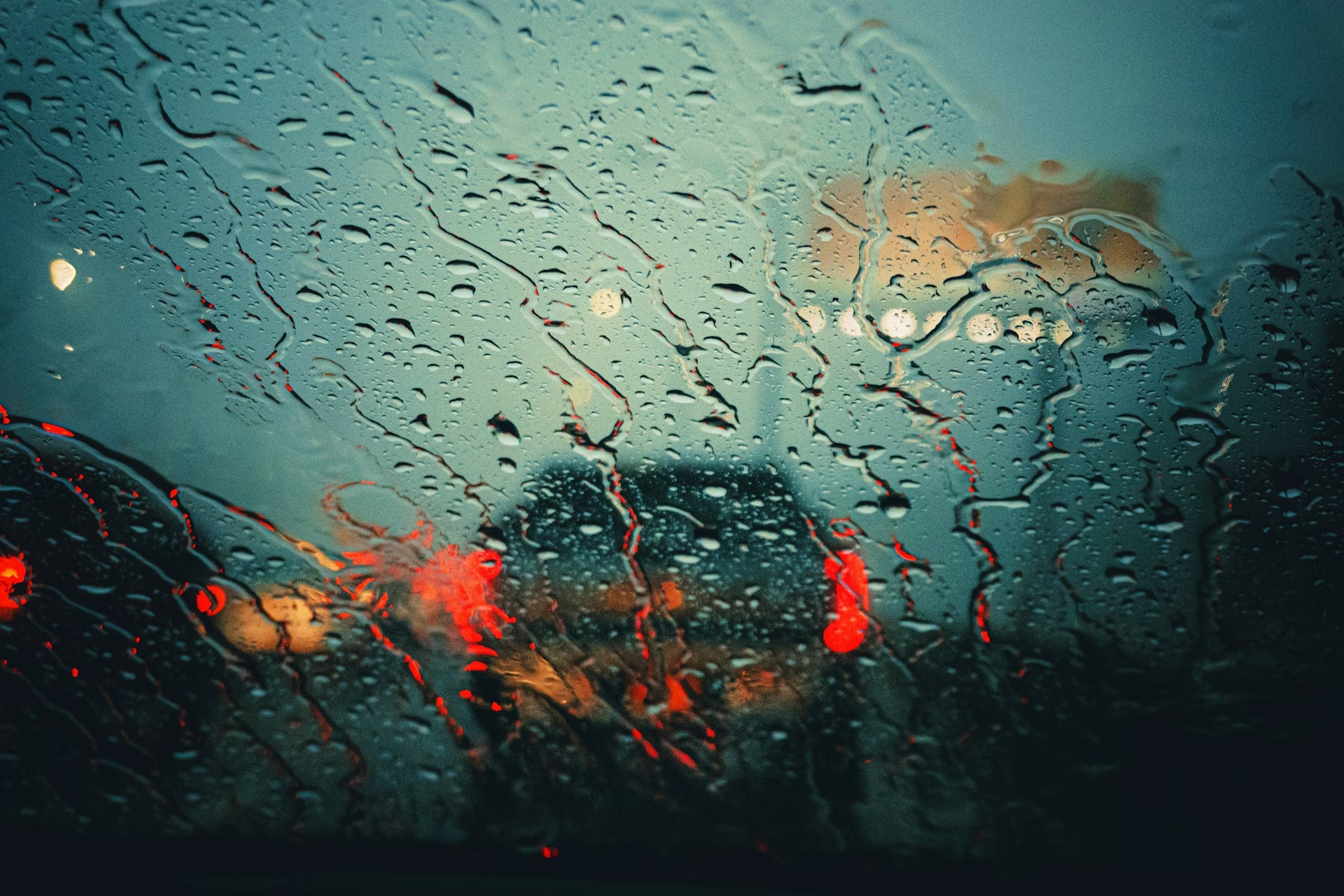
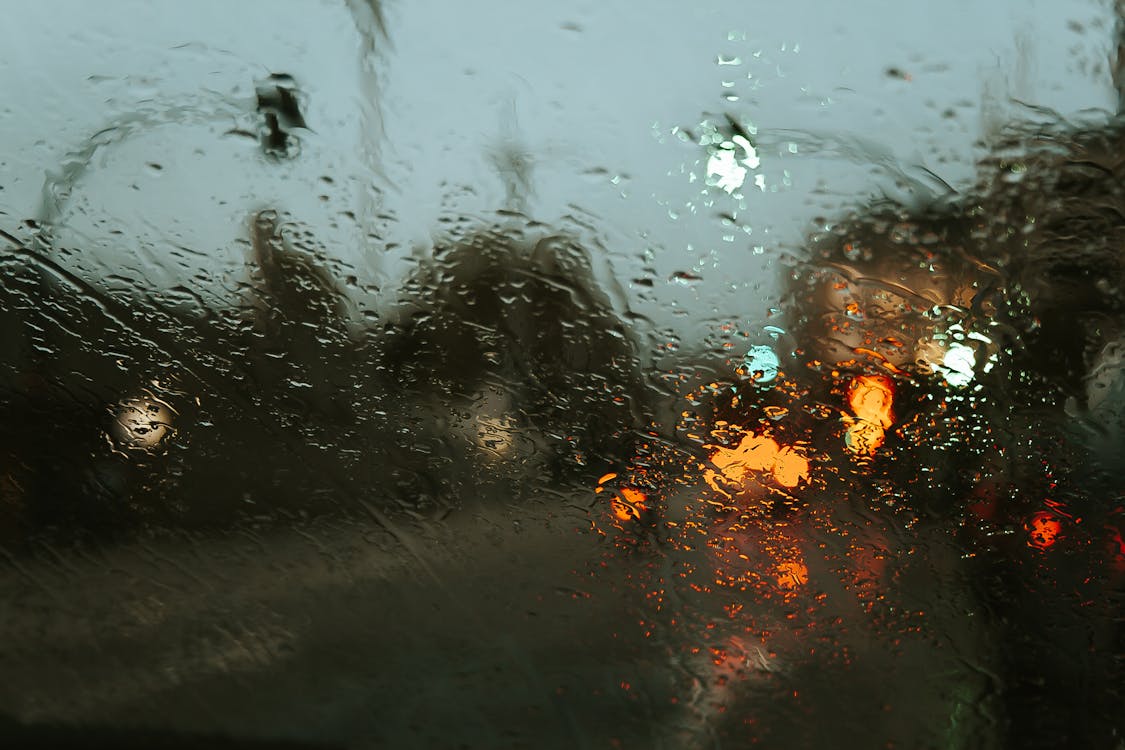
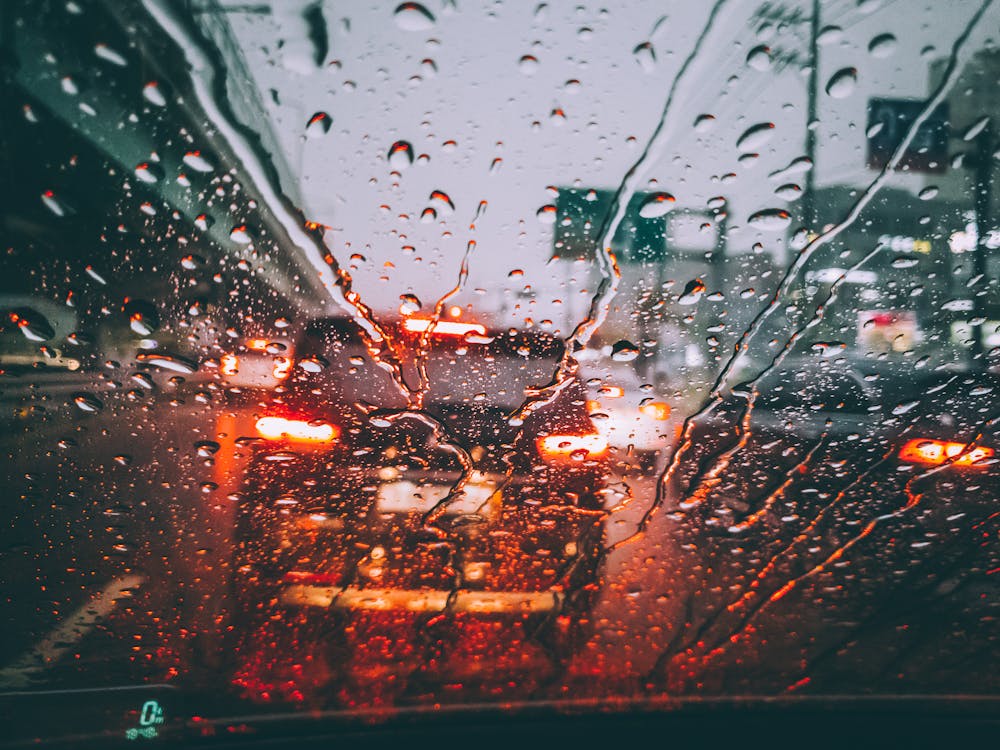
Before You Set Off
If you are anticipating heavy rain before you set off on your journey, it is best to make a few checks and preparations, just to be safe.
You should get in the habit of checking that your wipers and lights are working. I don’t think I need to explain why working windscreen wipers are useful in the rain, but ensuring that your dipped headlights, your brake and tail lights are all working properly ensures that you will not only have more visibility, but you will also be easier to spot by other drivers. It is best to not use your rear fog lights in rainy weather as they can dazzle other drivers and mask your brake lights.
You should also ensure you have enough fuel or charge as keeping your lights and wipers on for extended durations can increase your consumption. You may also end up getting caught in traffic, so just in case, it is always good to have more than enough fuel than you need.
Before you leave, it is also a good idea to check your tyre tread. This should be something you do now and then anyway, as not only is driving on bald tyres dangerous, but it is also illegal and can end up in a £2,500 fine as well as three penalty points, and that is per tyre! It is illegal to have a tread depth of less than 1.6mm across the entire circumference of the tyre, and 3mm of tread is when it is recommended to get your tyres changed.
Did you know that in heavy rain, each tyre can shift up to a gallon of water every second? This emphasizes that having good traction on the road is important in the severe rain, as it reduces the risk of aquaplaning (we will talk more on that later).
You should also check your route for any road closures and keep your phone on you should you run into any problems and need help or guidance.
While Driving
When driving in severe rain, it is important to adapt your driving style. It is recommended to employ a more defensive approach to driving, meaning driving slower, leaving more room between yourself and the car in front and being more aware of hazards and anticipating incidents. Remaining further back from the car ahead has multiple benefits, those being that you ae less likely to be affected by the spray from the tyres kicking up water from the road and that you have an increased reaction and braking zone should you need to react to any harsh braking.
While you’re driving in the rain, you may notice your windows start to fog up due to the difference in temperature and humidity inside and outside your car. To combat this, simply give you air conditioning a blast or open the window slightly. In the cold and rain that may not be pleasant, but it is necessary to regain visibility.
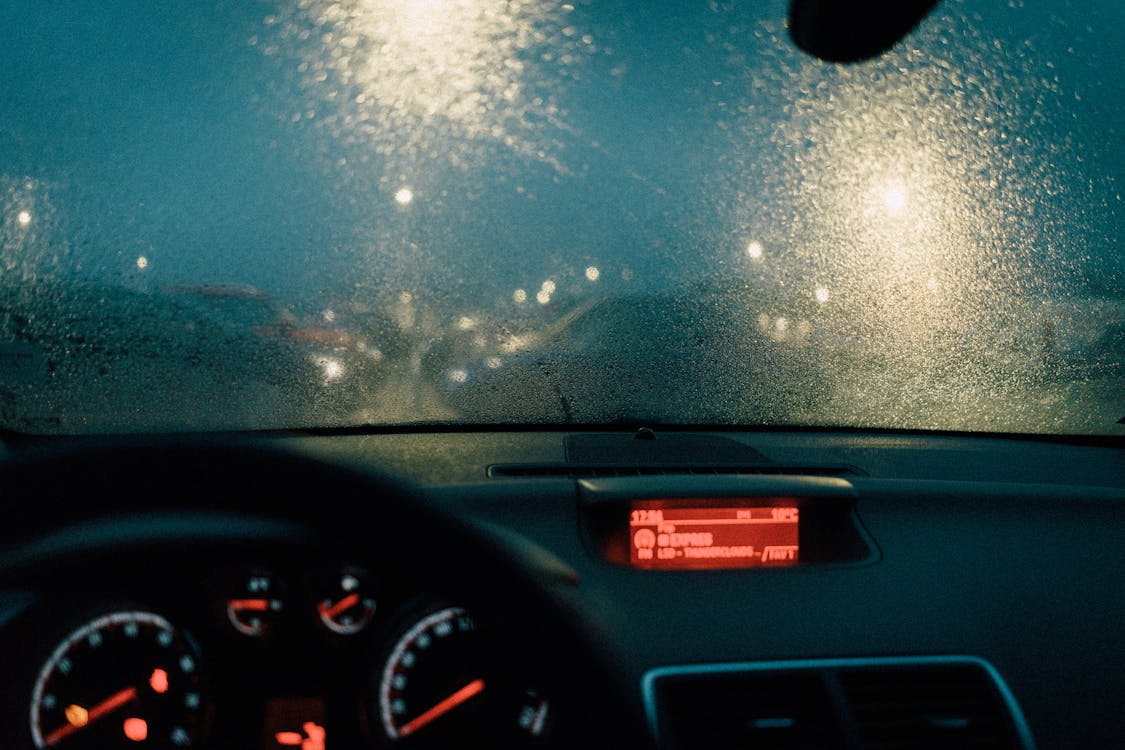
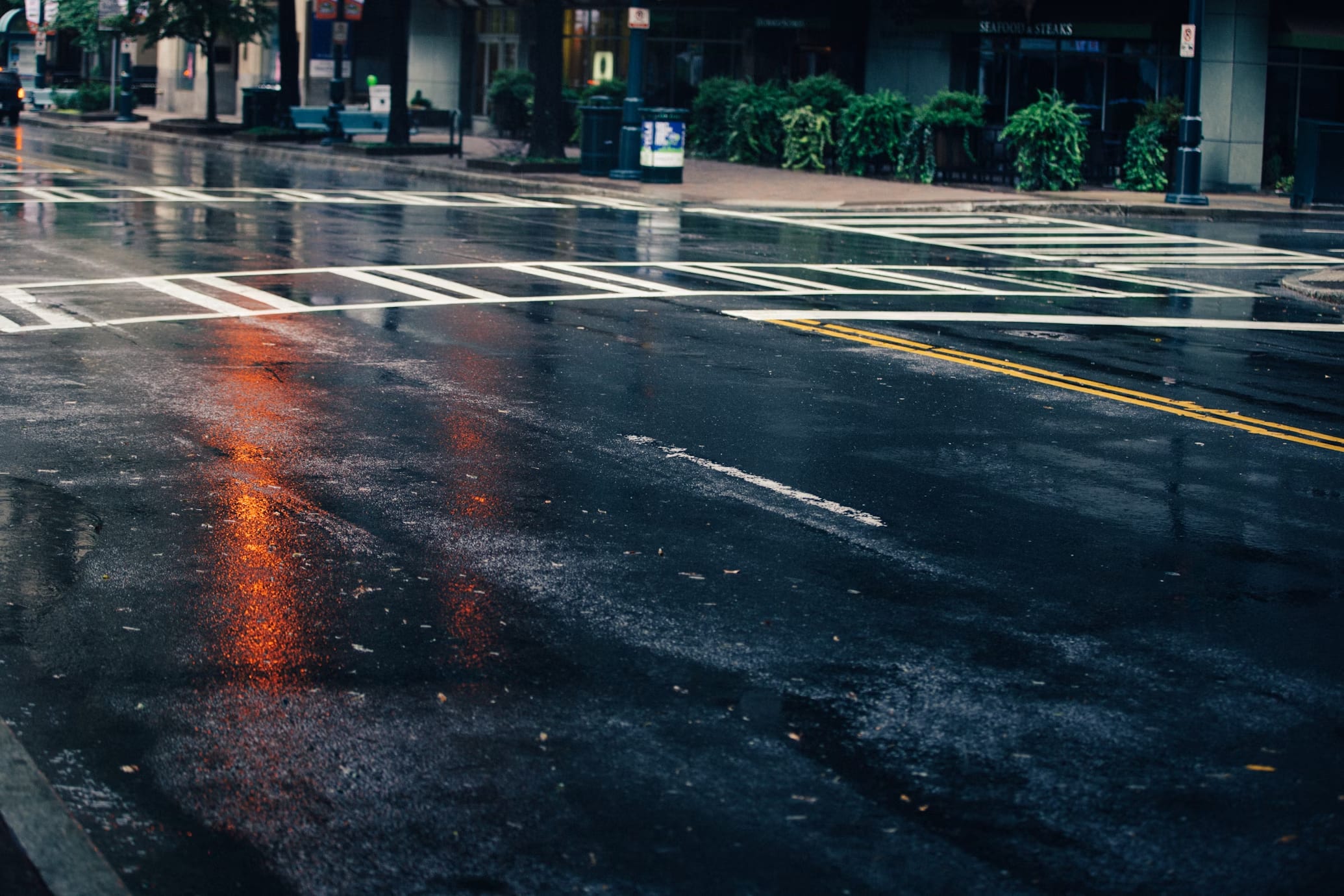
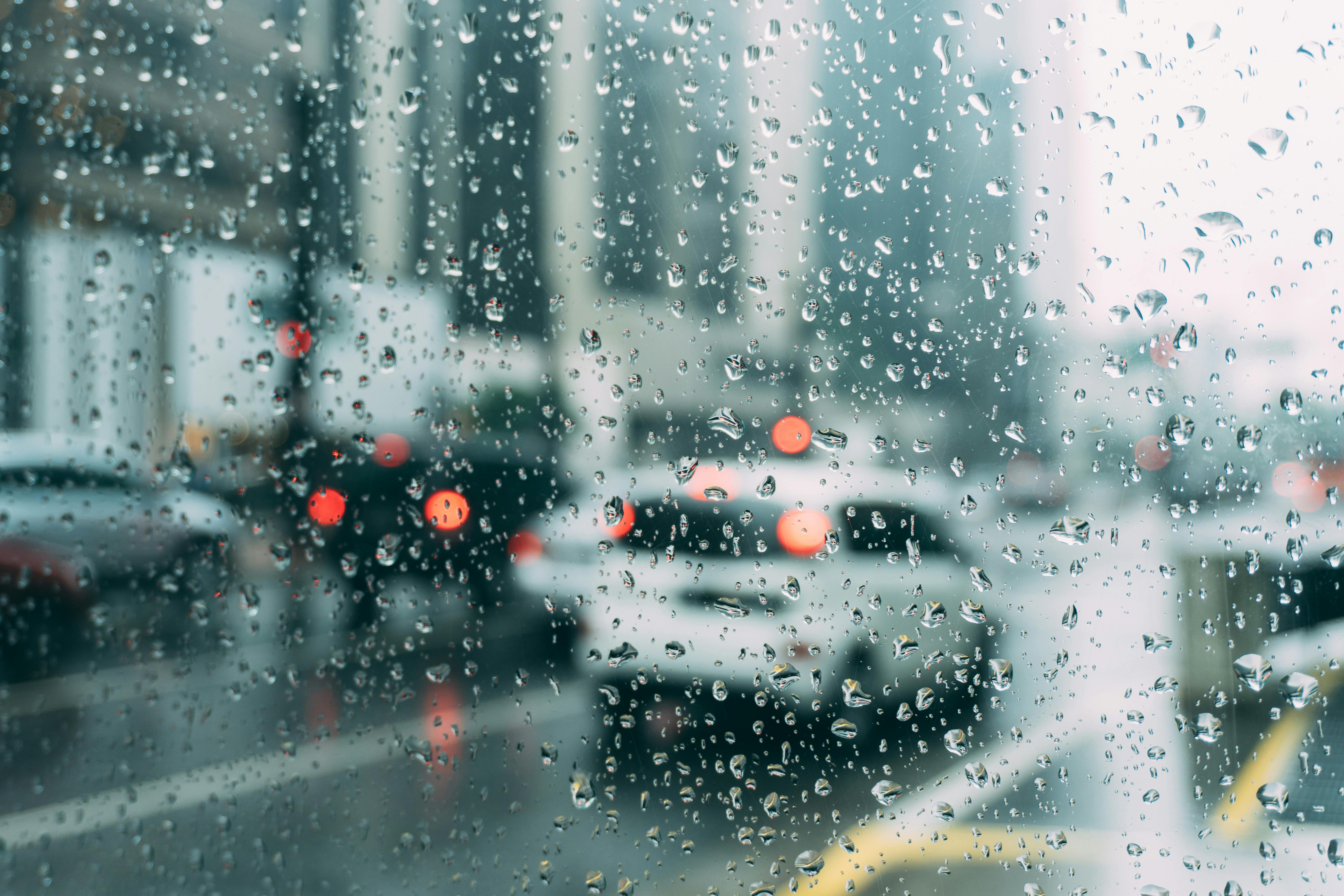
Aquaplaning
Aquaplaning is when your tyres lose grip on the road when driving in wet conditions. This can occur for many reasons, such as worn tyres not shifting enough water, driving too quickly or making sharp adjustments to either speed or direction. If you have never experienced aquaplaning before, consider yourself lucky, because it can be quite a frightening experience; but you may be wondering what it feels like, or how you even know if you are aquaplaning. Here are some things to expect and prepare for:
- Your steering wheel feels lighter to turn than it usually would.
- Your car or its rear end may swerve or drift from side to side.
- Your revs increase significantly, causing wheelspin.
- Your car does not respond to steering inputs.
- Your brakes are not responding.
As previously mentioned, aquaplaning can be frightening and I think anyone who has experienced it behind the wheel first-hand would agree with me. The most important thing to do if you ever find yourself in this unfortunate position is to try your best to remain calm. It’s easier said than done, I know, but staying calm will help you think and act rationally, avoiding making the situation any worse. Your next actions should include the following:
- Ease off the accelerator, do not brake to slow your car.
- Turn off cruise control if you have it enabled as to have full control over your car.
- Keep your car pointed straight as when you regain traction, having your wheels pointed left or right can cause you to veer off the road or lose control again.
- Do not slam on the brakes, only start to gradually brake once you have regained traction. Breaking heavily can cause you to lose control of the car.
Stopping Distances
The stopping distance is the total distance your car travels after reacting and applying the brakes – a combination of thinking distance and braking distance.
In wet conditions, the stopping distance is essentially doubled, meaning that even if you react quickly, your car will still travel a greater distance while breaking due to the reduced traction your tyres have on the road. Staying further back from the car ahead in rainy conditions will help reduce the likelihood of an accident should you need to react to anything. Moderating your speed can also help with reducing the stopping distance.
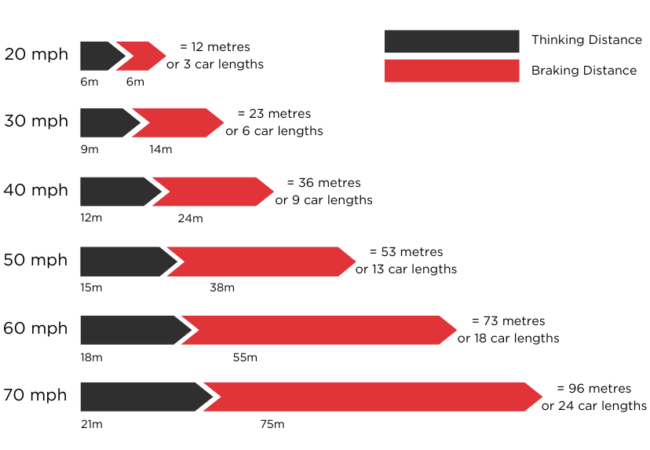
Graphic by RED Driving School.







